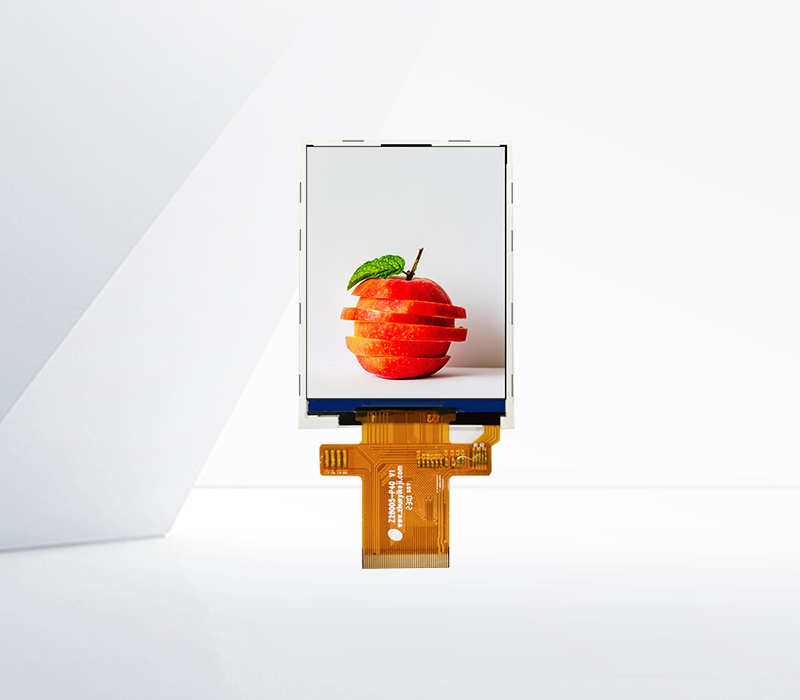




OCR (Optical Character Recognition) touchscreens combine the functionality of touch sensitive input with the ability to recognize printed or handwritten text. This innovative technology has a wide range of applications and offers several unique advantages.
One of the primary benefits of an OCR touchscreen is its efficiency in data input. Instead of manually typing out text, users can simply write or place printed materials on the touchscreen, and the OCR software will convert the text into digital format. This is extremely useful in fields such as document processing, where large amounts of text need to be digitized quickly. For example, in a library, librarians can use an OCR touchscreen to scan and convert old books or manuscripts into electronic versions, making them more accessible to a wider audience.
In educational settings, OCR touchscreens can enhance the learning experience. Students can write notes directly on the touchscreen, and the OCR function can convert these handwritten notes into typed text for easy editing and sharing. Teachers can also use OCR touchscreens to display and annotate printed materials, such as textbooks or worksheets, in real time during classes.
However, OCR touchscreens also face some challenges. The accuracy of OCR recognition can be affected by factors such as the quality of the text, the font style, and the writing speed. Handwritten text, in particular, can be more difficult to recognize accurately, especially if the handwriting is messy or has unique styles. Additionally, OCR touchscreens require powerful processing capabilities to handle the complex algorithms involved in text recognition, which can increase the cost and power consumption of the device.
The integration of OCR technology with touchscreen functionality also requires careful calibration and optimization. Ensuring that the touch sensing and OCR recognition work seamlessly together is crucial for a smooth user experience. If there are delays or inaccuracies in either the touch input or the OCR recognition, it can frustrate users and reduce the overall usability of the device.
